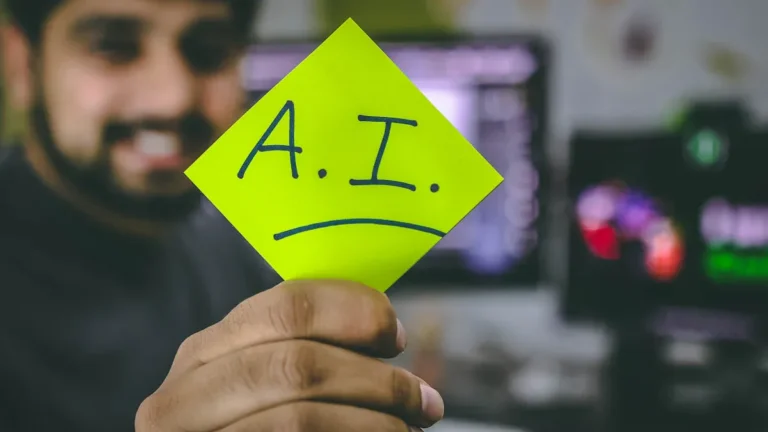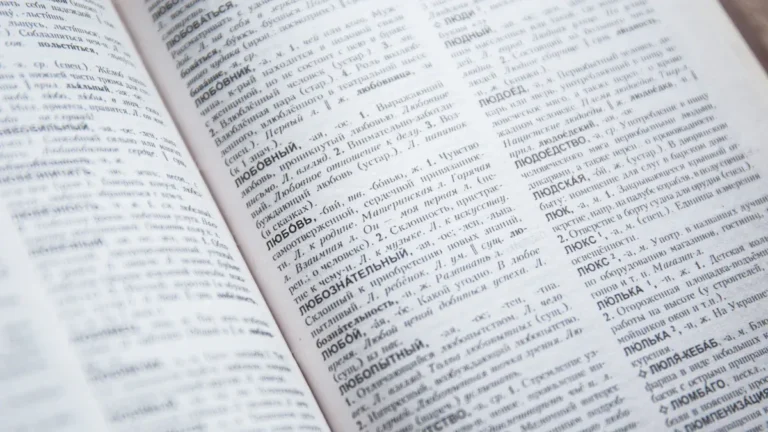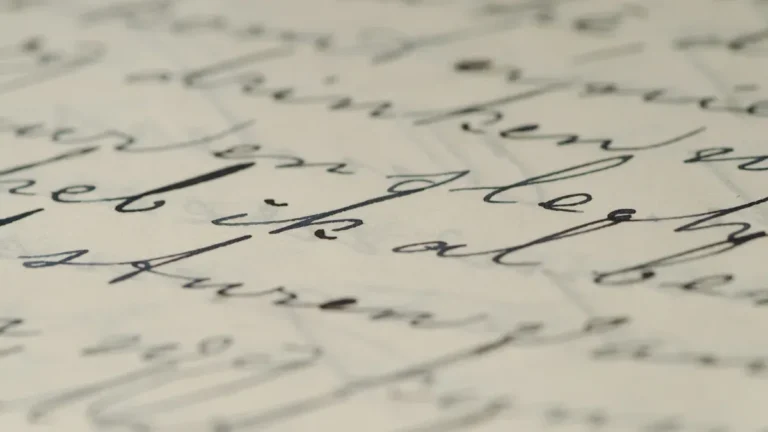
Transliteration and transcription have changed how people share ideas. Long ago, scribes carved symbols. Now, we use digital text. These practices help people talk across the world. They also help keep many languages alive. The chart below shows how writing changed over time. It starts with clay tokens and ends with new alphabets. It shows what ancient scribes and inventors did.

Transliteration changes one script to another. Transcription writes down spoken words. Both are important for translation services. They also matter in the history of transliteration vs transcription. Their effects reach law, business, and culture everywhere.
Key Takeaways
Transliteration switches letters from one script to another. It keeps the spelling the same. Transcription writes words by how they sound.
Both transliteration and transcription began with ancient scribes. They changed over time. These practices help save languages. They also help people share knowledge.
The printing press made transcription better. Shorthand systems helped too. Writing became faster and more correct.
Unicode and digital tools let people use many scripts online. Transliteration still helps with searching. It also helps with old records.
Modern AI makes transcription faster. But human experts are still important. They make sure things are correct. They also protect culture and privacy.
Key Concepts
Transliteration Defined
Transliteration changes words from one script to another. It keeps the spelling the same as the original. It does not change how the word sounds. For example, “Москва” becomes “Moskva” in the Latin alphabet. This helps people read names and places from other languages. The Wikipedia article says transliteration uses a one-to-one letter match. Scholars and groups like the United Nations Group of Experts on Geographical Names use rules to make sure it is correct. Transliteration lets people figure out the original writing. This is important for research and keeping records.
Transcription Explained
Transcription writes down how words sound. It does not care about spelling. It cares about how you say the word. Linguists use the International Phonetic Alphabet (IPA) to show sounds clearly. For example, “thought” is written as /θɔːt/ in IPA. Transcription can show unclear words, stress, and changes in handwriting. The table below lists some common transcription elements:
Transcription Element | Practice Summary | Historical Example(s) / Notes |
|---|---|---|
Brackets [ ] | Show uncertainty or added notes | “January 1 188[8]” |
Legibility | Mark unclear words as [illegible] | “Next Tuesday July [illegible]” |
Non-English Text | Present as is, translate in brackets | “Bonjour [Hello] my friend.” |
Transcription helps save spoken language and old documents. Being correct in transcription helps researchers and readers understand the real message.
Differences and Overlaps
Transliteration and transcription have different jobs. Transliteration shows spelling. Transcription shows how words sound. The table below shows their main differences:
Aspect | Transliteration | Transcription |
|---|---|---|
Purpose | Show spelling | Show sound |
Method | Letter mapping | Phonetic symbols |
Example | Москва → Moskva | “thought” → /θɔːt/ |
Accuracy | High for spelling | High for pronunciation |
Some languages, like Sanskrit, use one system for both because spelling and sound are almost the same. Other languages, like Tibetan, need two systems because spelling and sound are different. Both transliteration and transcription are important for studying language and sharing ideas. Each one needs to be accurate, but in its own way. Together, they help people share knowledge across cultures and history.
Early History
Ancient Egypt and Mesopotamia
Transliteration and transcription started with old scribes in Egypt and Mesopotamia. These scribes wrote language on clay tablets and papyrus sheets. They used cuneiform and hieroglyphics for trade, law, and religion. Scribes changed scripts to fit new languages. This was the beginning of transcription and transliteration.
Archaeologists found proof of how scribes shaped writing:
Clay tablets from the Ancient Near East show scribes learning new scripts.
Cuneiform changed from pictures to symbols, then to syllables and alphabets.
Scribes used cuneiform for Sumerian, Hittite, and Assyrian languages.
Many tablets lasted because ancient fires baked them hard.
The Behistun inscriptions helped experts read cuneiform. Bilingual texts showed how scribes used transliteration.
At Susa, experts found Proto-Elamite and Linear Elamite writings. These finds show scribes made and changed scripts. This helps us learn about language history.
Alexandria’s Innovations
In Alexandria, scribes worked at the famous Library. They collected and translated texts from many places. They helped change how scripts were used. Greek scholars in Alexandria used transliteration. They copied Egyptian and Persian names into Greek letters. This saved knowledge and helped people share ideas.
Scribes in Alexandria set new rules for being correct. They checked scripts and sounds to keep meaning the same. Their careful work changed language study for a long time.
Eastern Mediterranean Scripts
The Eastern Mediterranean was a meeting place for writing systems. Scribes made and compared scripts like Cuneiform, Linear A and B, Anatolian Hieroglyphs, and Phoenician. They had trouble matching sounds and symbols in different languages. The story of these scripts shows scribes used transliteration to connect cultures.
Source & Author(s) | Focus Area | Key Contributions |
|---|---|---|
Writing Divine Speech: Greek Transliterations of Near Eastern Languages in the Hellenistic East (Joanna Kyffin) | Greek transliterations | Explains how scribes used transliteration in cultural exchange |
Early Mediterranean Scripts (John Bennet et al.) | Script origins | Details script comparison and transliteration methods |
Cretan Hieroglyphics & Protolinear Script (Kenanidhs, Papakitsos) | Cretan scripts | Discusses phonetic values and transliteration hypotheses |
These books show how scribes helped shape writing history. Their work comparing and changing scripts helped make modern transliteration and transcription possible.
Evolution of Transcription
Medieval to Renaissance Developments
Transcription changed a lot in the medieval period. Scribes in monasteries and schools copied books by hand. They used special ways to write, like handling short forms and different scripts. Languages were changing, so scribes had to adjust their work. Old books from this time show how scribes tried to be more correct and faster.
Date / Period | Evidence Type | Transcription Techniques / Insights | |
|---|---|---|---|
Paris Bible | c. 1200-1230 | Medieval Latin Bible | Special ways to write short forms and spelling changes; helped modern computers learn transcription. |
Avila Bible | 12th century | Latin “Giant Bible” | Used computers to study handwriting and patterns; showed the move from hand work to computer help. |
Wife of Bath’s Prologue Manuscripts | Medieval period | Middle English text | Rules for writing Latin short forms and different handwriting; showed problems with Middle English. |
Chaucer’s ‘Man of Law’s Tale’ Manuscripts | Medieval period | Middle English text | Studied Latin short forms and symbols; showed how hard transcription could be and how it changed. |
MS BnF, fr. 412 (Hagiographic works) | Medieval period | French manuscript | Used computers to read handwriting and study style; new digital ways made transcription better. |
Old books like business records and law papers are now studied with AI tools. These tools make the work faster and help with hard-to-read writing. Transcription moved from only hand work to using both old skills and new tech. This made copying texts more correct and helped save old records.
In the Renaissance, more people learned to read and wanted old books. Even after printing started, scribes still had jobs. They learned new ways, like shorthand, to write quickly and correctly. People like Samuel Pepys and Isaac Newton used shorthand. This showed how important it was to record things fast in that time.
Printing Press Impact
The printing press was invented in 1439. It changed transcription in a big way. The press made it easy to print many copies of books.
The press took over from hand copying, making books faster.
Printed books had fewer mistakes than hand-written ones.
Scribes were needed less because books were cheaper and everywhere.
Scientists could trust printed books and use them for new ideas.
More people could read books, which helped learning.
New jobs came in printing and selling books, changing work life.
Historian Elizabeth Eisenstein said the press made science data more correct, so scholars could work together better.
Transcription during this time was about keeping printed books correct. The press helped make spelling and language the same for everyone. This made it easier for people to talk and learn.
Note: The printing press did not stop transcription. It just changed what it meant. Scribes and printers worked together to check books and make sure they were right.
Shorthand Systems
Shorthand was very important for transcription, especially for fast talking. The first shorthand was made in ancient Greece and Rome. Aristophanes and Marcus Tullius Tiro made some of the first systems. These helped scribes write speeches and court talks quickly.
Key Developments and Figures | |
|---|---|
Classical Antiquity | First shorthand in Greece; Tironian notes by Marcus Tullius Tiro. |
Renaissance (16th-17th c.) | Timothy Bright made a system in 1588 in England; Thomas Shelton’s way was used by Samuel Pepys and Isaac Newton. |
19th Century | New sound-based systems like Gabelsberger (1834) and Gregg (1888); invention of machines for shorthand. |
Technological Evolution | Changed from writing by hand to using machines for fast transcription. |
Greece and Rome made the first shorthand, helping scribes keep up with fast talkers.
In the Middle Ages and Renaissance, shorthand was used in courts and business. Timothy Bright’s system made it popular in England.
The 1800s brought new ways and machines for shorthand, making transcription faster and better.
The shorthand machine, called the stenotype, let people write up to 300 words a minute. Learning shorthand took practice, but it made fast writing possible in courts and newsrooms. The story of shorthand shows how people found ways to write speech quickly and correctly.
Transcription has gone from hand copying to using smart machines. Each step made writing more correct and helped save knowledge for the future.
Transliteration Through Time

Script Adaptation
Transliteration systems have changed a lot over time. People changed scripts to fit new languages and needs. Early scribes tried to match sounds and letters when moving words. This helped save many languages and shaped writing history. When Arabic script moved to Roman type, printers had problems with new letters and sounds. Leaders also made big changes. In 1928, Mustafa Kemal Atatürk led a huge reform in Turkey. He switched the Arabic script to a Roman alphabet for Turkish sounds. This made reading and writing easier for many people. It was a big moment in the story of transliteration vs transcription.
Today, researchers use computers to study old scripts. They look at Sumerian, Ugaritic, and Indus texts with machine learning. These tools help experts change old symbols into modern alphabets. Using computers, scholars can bring back lost languages. They also learn how transliteration systems changed. The story of transliteration vs transcription shows both practices keep changing. They have grown from clay tablets to digital texts.
Complexities and Challenges
Changing scripts between languages is never easy. Language is a complex system with many parts. Transliteration must handle letters, sounds, and cultural meanings. Translators have problems when scripts do not match new language sounds or ideas. Some scripts have letters that other alphabets do not have. Transliteration systems must find ways to show these differences.
Transliteration is more than just swapping letters. Experts must check if the new script makes sense to readers from other cultures.
1. Translators see if the new script is clear and easy. 2. They test and role-play to check if people understand the words. 3. If it does not work, readers may get the message wrong. 4. Studies show careful steps like translation, back-translation, and testing are needed.
Linguists also look at how grammar and style change over time. Ways of speaking, called registers, can mix and shift. This makes script adaptation even harder. Transliteration systems must stay flexible for these changes. The story of script adaptation shows that culture and language always matter.
Unicode and Digital Change
The digital age brought new tools and new problems for transliteration. Unicode is a global standard for text encoding. It started in the early 1990s. It took many years before most tools used Unicode. Before Unicode, computers could not show many scripts. People used tricks like ASCII codes, images, or simple letter swaps. These ways often missed important sounds and letters.
Aspect | Evidence and Explanation |
|---|---|
Early Unicode Development | Unicode started in the 1990s, but it took over ten years to spread. It let more scripts and languages work in digital tools. |
Pre-Unicode Workarounds | People used transliteration, ASCII, and images for missing characters. |
Cultural and Cataloging Roots | Transliteration and transcription come from library rules and cultural habits, like romanization. |
Persistence of Transliteration | Transliteration is still used because of old data and easy searching. |
COAR Recommendations | Experts now say to use original spellings with Unicode and unique IDs for better results. |
Digital Inclusion Impact | Unicode lets more people use their own scripts online, making the web more open. |
Technical Limitations and Digital Colonialism | Early digital tools favored English, making it hard for other scripts to last. |
Search and Retrieval | Search engines now support many scripts, but transliteration still affects how people find things. |
Unicode made it possible to write and search in many scripts. This helped more people use their own languages online. It also helped protect small languages. But transliteration is still important. Old records, library lists, and search tools still use transliterated forms. Unicode and digital tech keep changing the story of transliteration vs transcription. Both practices keep adapting to new needs.
Modern Impact
Technology and AI
Technology has changed how we use transcription services. Artificial intelligence can now handle audio, video, and text together. This makes transcription much faster and more correct. For example, new AI can understand speech as it happens. It also makes fewer mistakes. These tools help customer service teams and support many languages. Projects like Google’s AI for Indigenous Languages and Microsoft’s Project ELLORA help save endangered languages. AI models like BERT and GPT help researchers find new language patterns. Machine learning tools can even read old scripts. These changes show how much transcription services affect language and communication.
Social and Cultural Effects
Transliteration and transcription do more than change words. They help shape how people share and see culture. Translators act as guides between cultures. Their choices affect how meaning moves between languages. Studies show translators’ backgrounds can change the final result. This means digital transcription services can change how people understand each other. Translators with strong sociolinguistic skills help keep cultural meaning clear. Their work helps stop language loss and supports fair treatment. But if not done well, transcription can cause confusion or even digital colonialism.
Translators and transcription experts must think about ethics and culture every day.
Ongoing Challenges
Digital transcription services still have many problems. Police departments collect lots of video and audio evidence. Writing it all down by hand takes a long time and can cause mistakes. AI tools help, but they still miss some speech details and context. In court, human experts check AI transcripts to make sure they are right, especially with hard words. Privacy and security are also important. Sensitive information must stay safe when using digital transcription services. The field works to balance speed, accuracy, and trust. Human checking is still needed to keep transcription reliable.
Transliteration and transcription started with old scripts. Now, we use digital tools for them. Technology changes how we do these things every day. Researchers use new ways and data to make language tools better.
Corpus augmentation and token-level manipulation help machine translation for rare languages.
Neural models work with hard words and sounds.
Transformer architectures and better tokenization make results more correct.
Hybrid models and teamwork help support more languages.
In the future, language technology will help people and cultures connect even more.
FAQ
What is the main difference between transliteration and transcription?
Transliteration changes letters from one writing system to another. Transcription writes words the way they sound when spoken. Both help people learn about language, but they use different ways to do it.
Why do people still use transliteration in the digital age?
Many search engines and databases use transliteration to make searching easier. Unicode lets us use more scripts now, but old habits and records mean transliteration is still needed.
Can AI replace human transcription experts?
AI tools can work quickly and use many languages. Human experts still check for mistakes, meaning, and culture. Teams use both together to get the best results.
How does transliteration help preserve endangered languages?
Transliteration helps researchers write words in scripts more people know.
This helps keep languages alive when only a few people speak them.
It also helps teach and share these languages with younger people.
See Also
Convert MP3 Audio Files Into Accurate Written Text
Transform Your Voice Recordings Into Valuable Digital Text
Discover AudioNotes.ai And TurboScribe For Voice Transcription
TurboScribe Offers Unlimited Audio To Text Conversion Solutions





